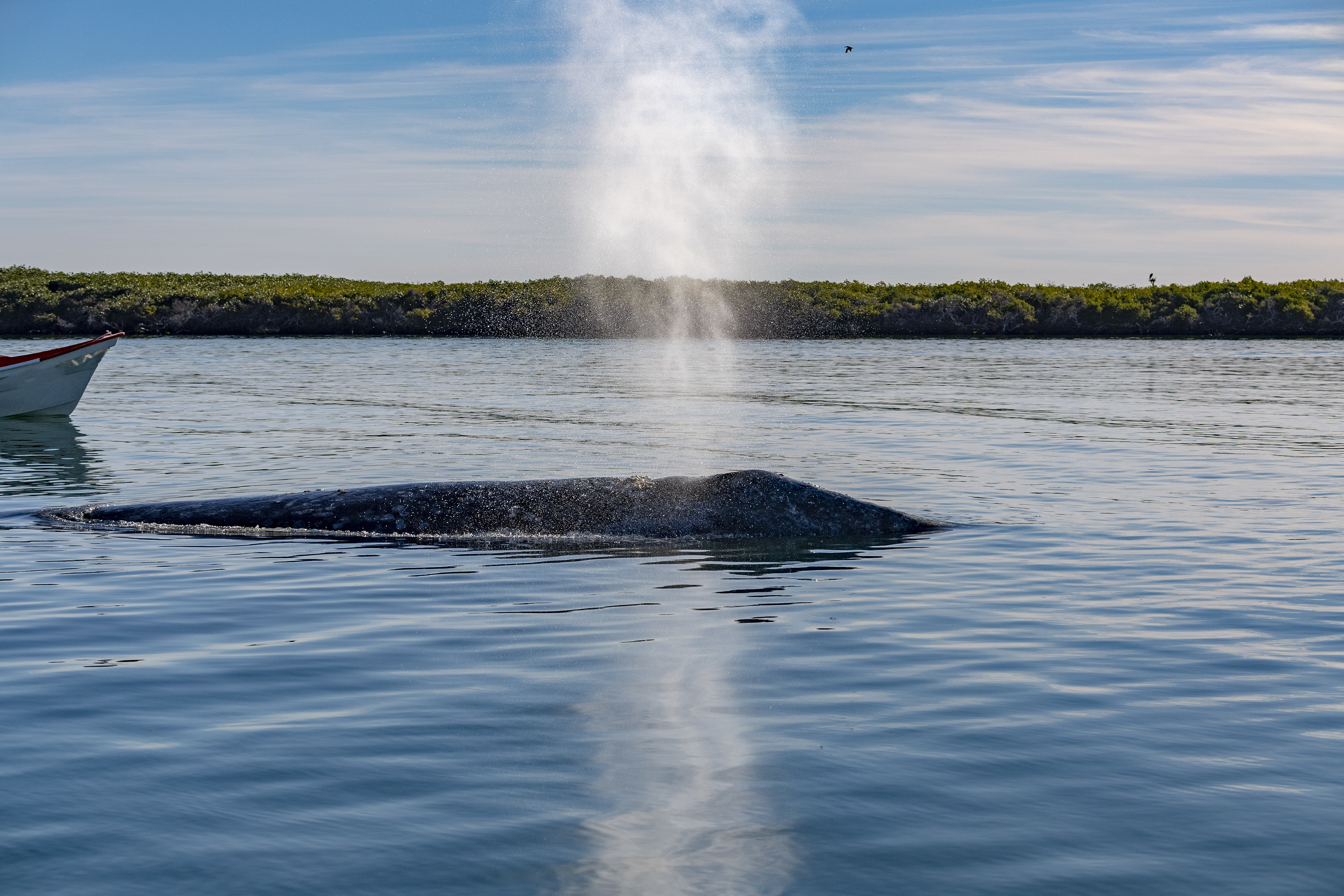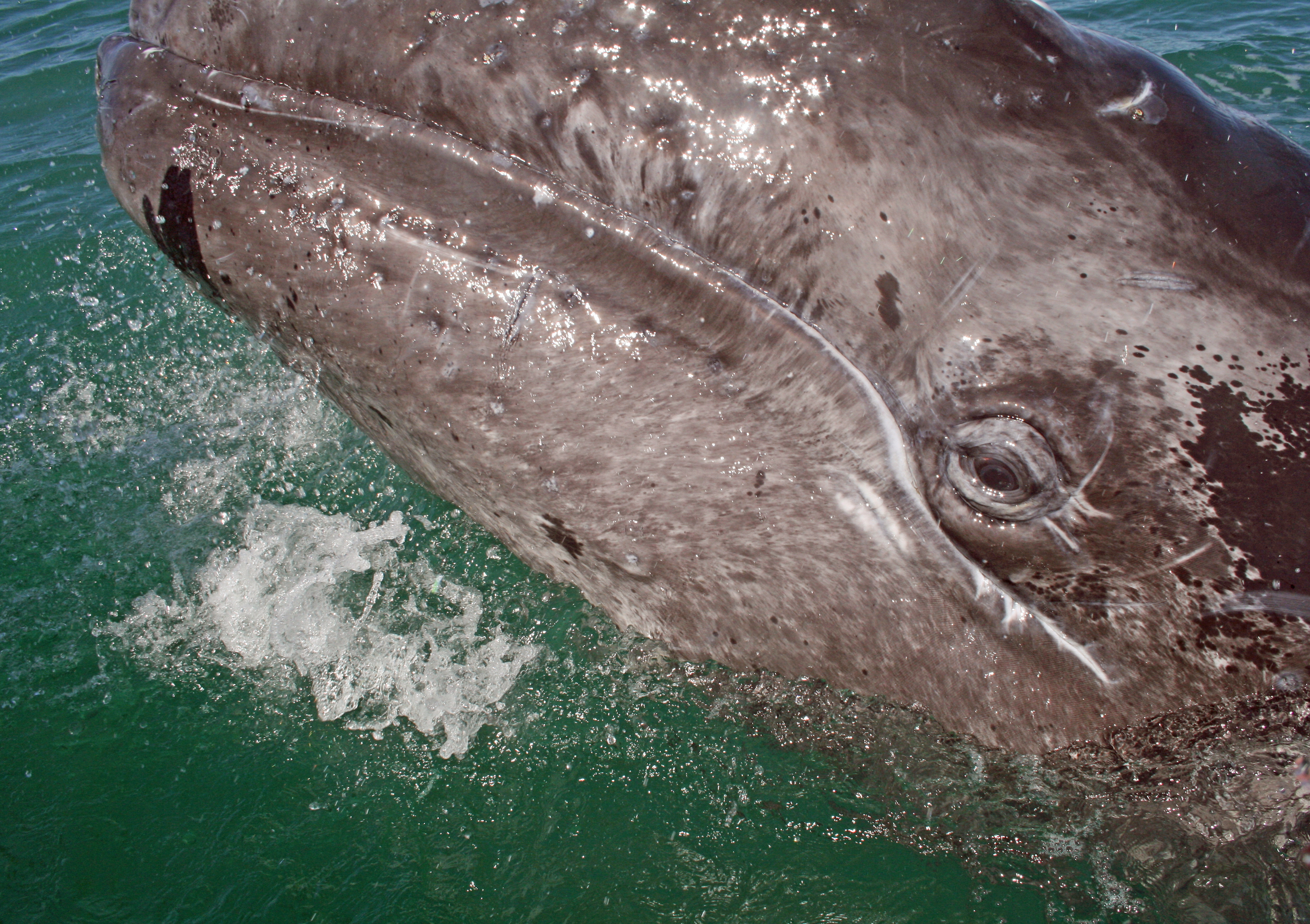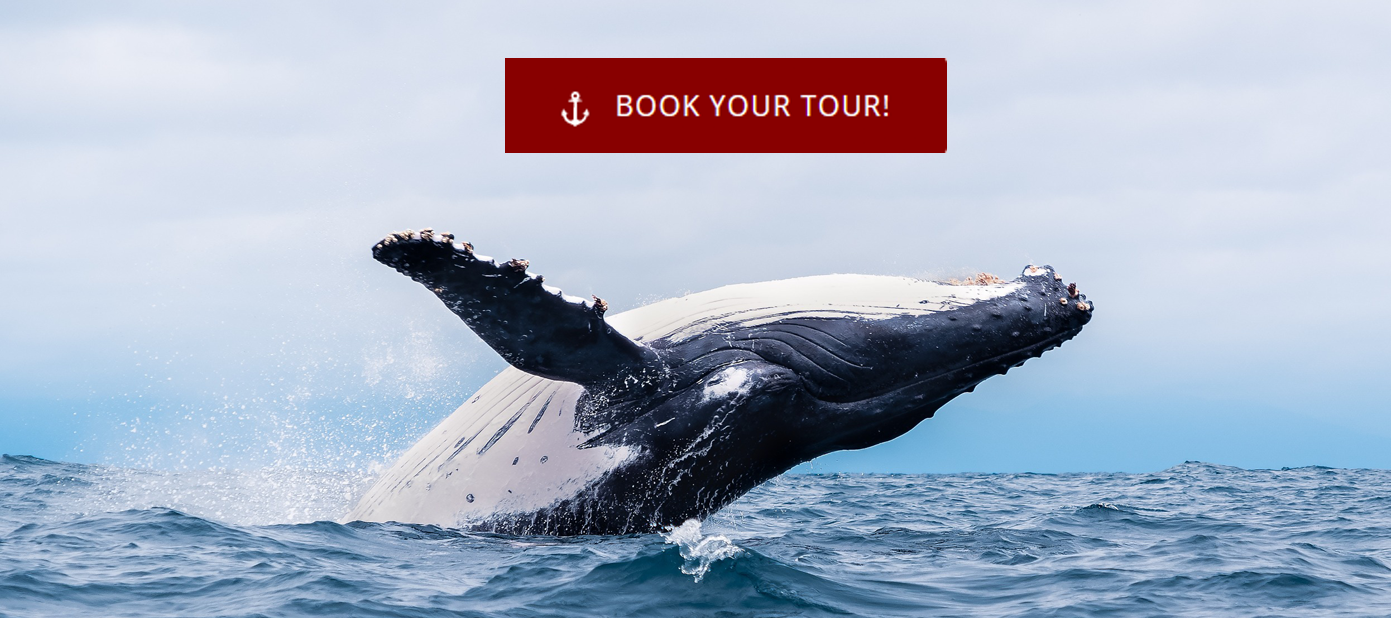10 Interesting Facts About Gray Whales

Weighing in at 60,000 pounds and measuring up to 39 feet is one of the ocean’s greatest miracles. The Gray Whale, also known as the grey whale, gray back whale, Pacific gray whale or California gray whale, has more to it than meets the eye. In addition to their enormous size, the Gray Whale has an abundance of traits that distinguish it from the rest of the Whale population. For example, even though they are primarily located on the West Coast, a small amount of them have also been spotted in the western North Pacific region, making the population endangered.
10 Facts about Gray Whales
1. As previously stated, the Gray Whale has not only one name, but five total! They also go by Grey Whale, Gray Back Whale, Pacific Gray Whale, and California Gray Whale.
2. Due to parasites, known as whale lice, their dark grey appearance looks discolored. They are covered in white-grey scars that often look encrusted, especially around the flippers, tail and head. However, when they are first born, they are almost black in color!
3. Gray Whales have a few very distinctive features. While most other whale species are found to have a dorsal fin, the Gray Whale does not. Instead, they are found to have a dorsal hump at the lower end of their backs. They have 6-12 bumps (“knuckles”) seen behind the dorsal hump. This is an easy way to distinguish them from other whales. In addition they have two blowholes on top of their head, which create a heart-shaped blow, which is noticeable from behind in calmer wind situations.
4. Being bottom feeders, the Gray Whale hunts for its prey at the bottom of the ocean. By filter feeding, they capture their prey through their baleen bristles. They are known to eat amphipods, very small ocean crustaceans, which make up the majority of their diet (90%!). Typically, amphipods resemble shrimp by ranging in length from ¼” to 1” long and are found in arctic waters. Gray Whales have two to five throat grooves on the bottom of their throat, which expand while they are feeding.

5. Gray Whales communicate to one another both above and below water. They have very low pitches and moans which can be heard over great distances, termed as echolocation. Aside from their vocal communication, they rise above and splash their bodies against the water, otherwise known as breaching.
6. They have an abundance of Myoglobin within their muscles. Because of this, they store a high amount of oxygen which allows them to stay submerged underwater far longer than other mammals, ranging from 20-30 minutes!
7. Aside from human activity, the Gray Whale only has one ocean predator, the Orca Whale. During migration periods, the calves are especially in danger as the Orcas will try and separate them from their mothers by attacking from below. Miraculously, it was discovered that humpback whales will defend Gray Whale calves if they witness this situation arise. A fun fact is that Gray Whales range in size from 35 to 45 feet long while Orca Whales are 15 to 25 feet long.

8. In the past, Gray Whales used to be known as the “Devil Fish.” This is due to the fact that Gray Whale mothers fiercely defend their offspring, as a mother should! They fend off Orcas as well as fighting back against whalers. In addition, they have a very aggressive hunting style, which came off as “devilish” back in the day.
9. In the late 1800s, whaling caused a giant decrease in the Gray Whale population. When they became less profitable due to the low abundance of whales left, there was a halt in hunting and their numbers started to go up. However, the introduction of factory ships in the early 1900s caused another upraise in hunting and a downfall for the species. But don’t feel too disappointed! International protection against whale hunters surfaced in 1982, eventually removing them from the endangered species list in 1994!
10. An adult Gray Whale has unique sleeping habits in which they barely sleep at all! At most, the Gray Whale will take 10-20 minute naps. During migration, the whales will sleep while swimming, especially when having a calf depending on them. If their mothers do not tow them along, the calves will sink, rather than float, due to the lack of blubber and fat on their bodies when they are young.
Gray Whales are native to the Pacific, and one of the most often types of whales seen while whale watching with Next Level Sailing! Peak whale watching season in San Diego is from mid-December to late April. During that time, up to 27,000 Gray Whales can be seen migrating through the ocean! Come join us in spectating one of the ocean’s greatest miracles.
